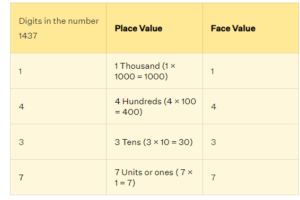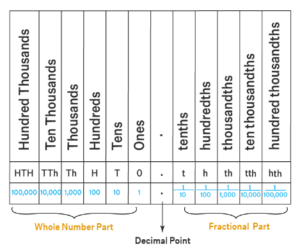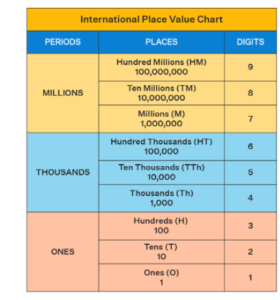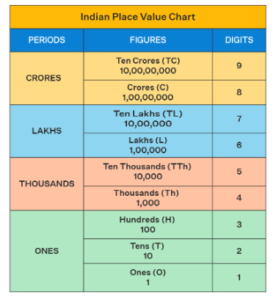Odd Consecutive Integer Formula In mathematics, we represent an odd integer as 2n + 1. If 2n + 1 is an odd integer, (2n + 3) and (2n + 5) will be the next two odd consecutive integers. For example, let 2n + 1 be 7, which is an odd integer. We find its consecutive integers as (7 + 2) and (7 + 4), or 9 and 11.
When you start counting natural numbers you are just counting the consecutive numbers or consecutive integers. Consecutive integers are integers that follow each other in a fixed sequence. Did you know that whenever you number items you are using Consecutive Integers? In fact, whenever you count by ones from any number in a set you obtain Consecutive Integers. Consecutive integers are integers that follow in a fixed sequence, each number being 1 more than the previous number, Consecutive integers are represented by n, n +1, n + 2, n + 3, …, where n is an integer.
Examples of Consecutive Integer
For example: 23, 24, 25
Look at the following. The first set is called consecutive positive integers and the second set is called consecutive negative integers.
Example 1: 1, 2, 3, 4, 5…..
Example 2: -1, -2, -3, -4, -5, -6,…..
In the first example a set of consecutive integers is found by adding 1 to 0. You can represent the first set with this expression: n + 1, with n = 0, 1, 2, …..
The second set of consecutive integers is found by subtracting 1 from 0. You can represent the second set with this expression: 1 − n, with n = 2, 3, 4, 5,…..
Type of Consecutive Integers
There are mainly three types of consecutive integers:
1.Normal consecutive integers (2, 3, 4, 5, ……)
2.Even consecutive integers (2, 4, 6, 8, ……..)
3.Odd consecutive integers (3, 5, 7, 9, ………)
1.Even Consecutive Integers
Consecutive even integers are the set of integers such that each integer in the set differs from the previous integer by a difference of 2 and each integer is divisible by 2.
Consecutive even integers are even integers that follow each other by a difference of 2. If x is an even integer, then x + 2, x + 4, x + 6 and x + 8 are consecutive even integers.
Examples:
4, 6, 8, 10, …
-6, -4, -2, 0, …
124, 126, 128, 130, ..
You can represent consecutive even integers with the following expression: 2n + 2 with n = 0, 1, 2, 3….
2.Odd Consecutive Integers
Consecutive odd integers are the set of integers such that each integer in the set differs from the previous integer by a difference of 2 and each integer is an odd number.
Consecutive odd integers are odd integers that follow each other by the difference of 2. If x is an odd integer, then x + 2, x + 4, x + 6 and x + 8 are consecutive odd integers.
Examples:
1,3, 5, 7, 9, 11,…
-7, -5, -3, -1, 1,…
-25, -23, -21,….
You can represent consecutive odd integers with the following expression: 2n + 1 with n = 0, 1, 2, 3….



